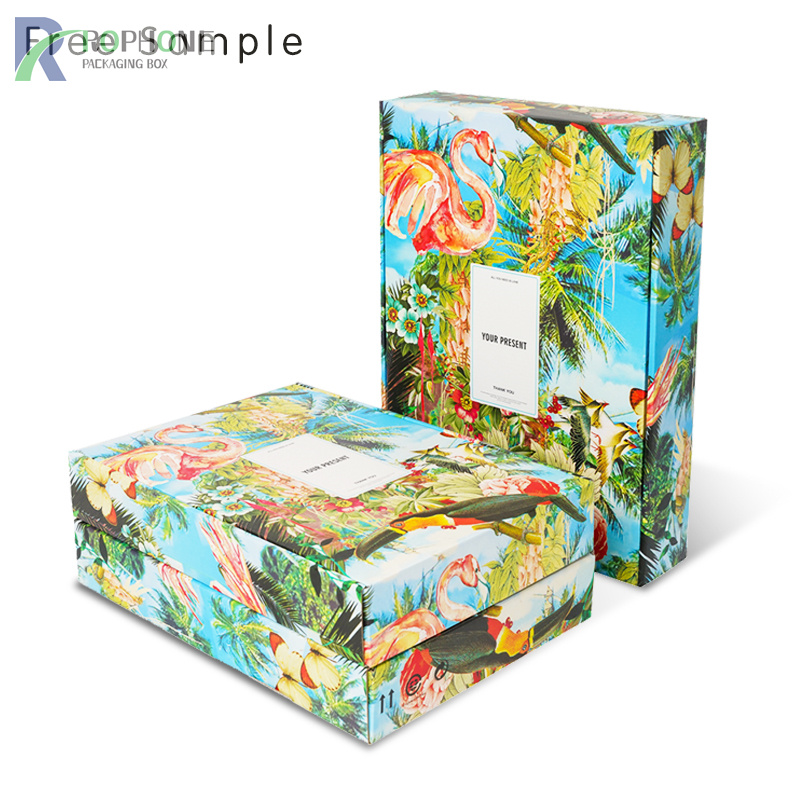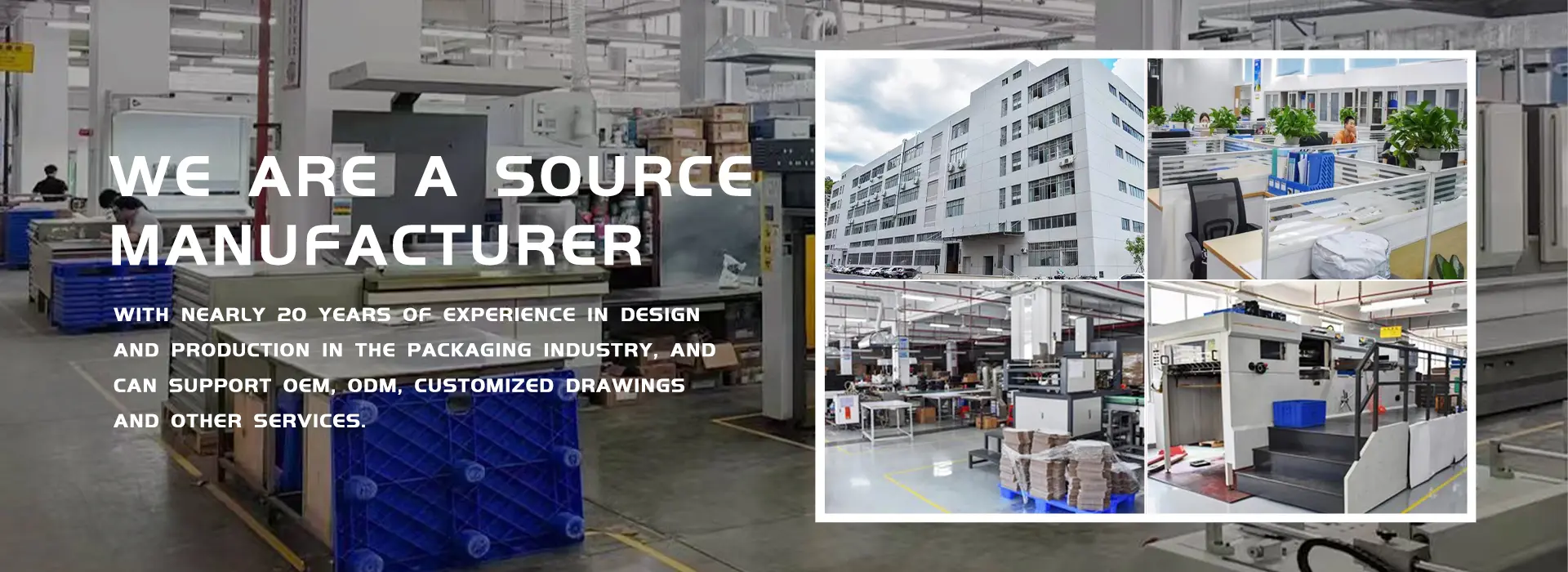- Jeffchen2121@gmail.com
- +86-18688742252
- Language
Rophone Packaging Factory analyzes the factors affecting the quality of packaging and printing
Sun Apr 10 11:02:29 CST 2022
There are many packaging and printing companies that encounter various quality problems related to peel strength. However, after the analysis of Rophone packaging and printing company technicians, peel strength is closely related to ink adhesion. The problem of ink adhesion also affects the quality improvement and quality of printing companies. Creating excellence, how to improve the ink adhesion and peel strength has become the focus of the quality of Rophone printing factory.
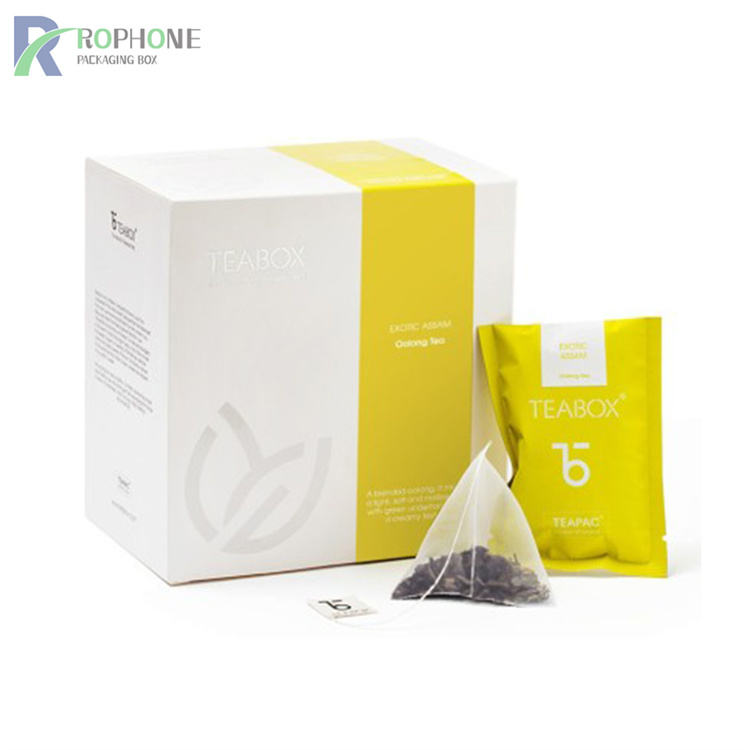
There are many factors that affect ink adhesion in packaging and printing, among which three aspects, such as "ink characteristics, equipment and operating characteristics, and substrate surface characteristics", have the greatest impact. From a technical analysis, these three factors will cause ink adhesion. Which effects can bring a more reliable control method to the printing quality from the source.
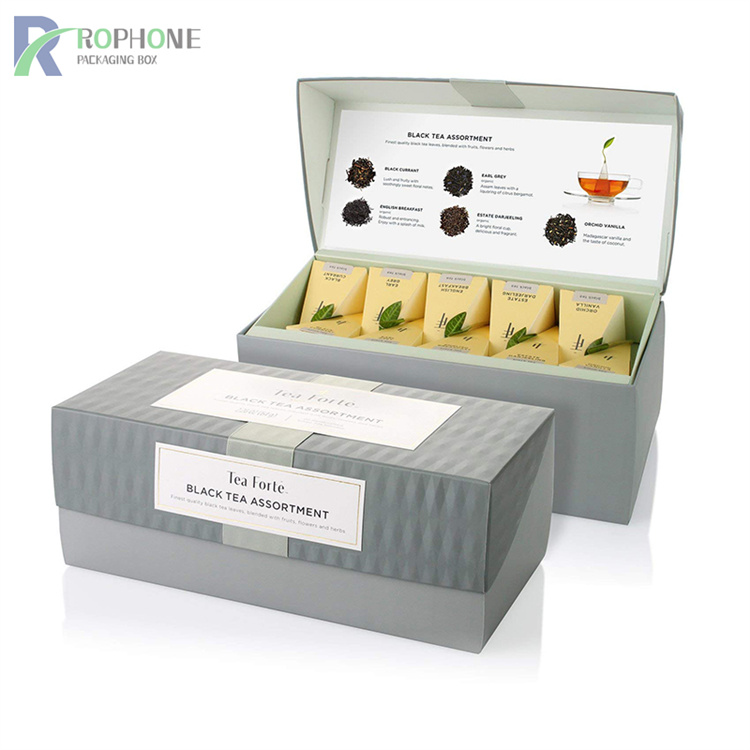
1. From the characteristics of ink, whether it is liquid or solid, it is mainly based on "optical resistance, fineness, drying, rheology, resistance, viscosity, tinting strength, blocking resistance, solvent resistance and These characteristics are measured by physical performance indicators such as "attachment firmness", and these characteristics are mutual influence, correlation, mutual support and containment. Generally speaking, ink is composed of main components such as pigments, binders, fillers, and additives. Although the proportion of additives in inks is small, they are indispensable in the production of cigarette labels. The ink fastness additive is the first important factor that affects the printing adhesion. It is a substance with strong chemical activity. During the use process, it will have a cross-linking reaction with the printing material and the ink binder to increase the molecular weight and improve the ink rheology. Affinity is generated after chelation. The greater the affinity, the stronger the adhesion between the ink and the substrate and the more stable the ink. At the same time, the additive can also improve the uniform dispersion of pigment particles, improve various solvent resistance and anti-blocking properties of the ink, and speed up the curing speed of the ink.
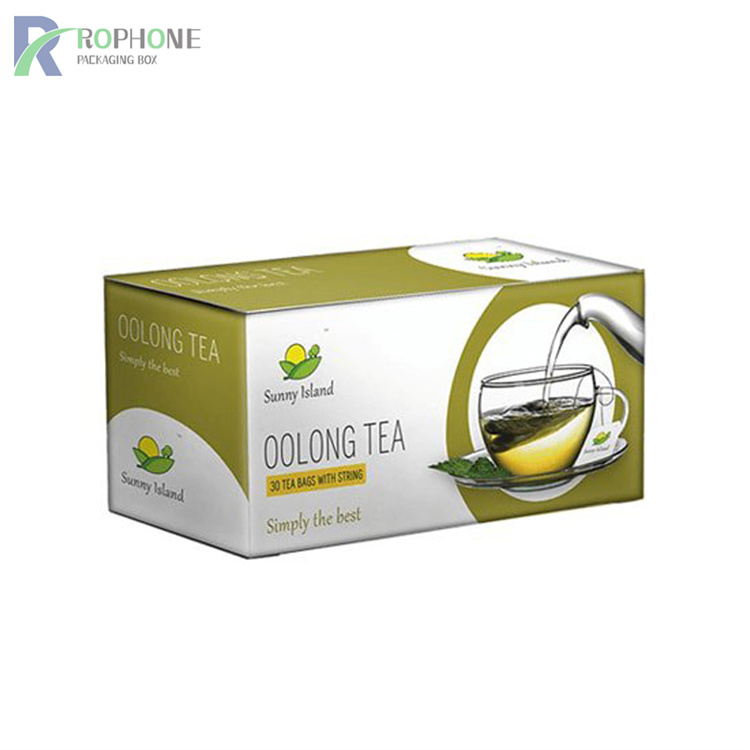
The surface of the substrate is not as smooth as a mirror. In fact, the surface is uneven. These potholes need to be filled with ink. If the ink particles are coarse, the filling will not be solid, which will cause air and moisture to occupy the adhesion area and reduce the contact area. When the area is small, the peeling force decreases, and vice versa, the peeling force increases. When the ink particles are finer, the filling between the ink layer and the surface of the substrate is firm, so that the peeling force is increased and the adhesion force is enhanced. In addition, the finer the pigment and filler particles in the ink, the stronger the stability. When the pigment particles are coarser, it will cause uneven ink transfer during the printing process, and the thickness of the ink layer is closely related to the adhesion. In general, the thickness of the ink layer is the key factor restricting the adhesion. Therefore, the ultra-fine ink particles form a thin and soft ink layer thickness, which is a powerful guarantee for printing adhesion.
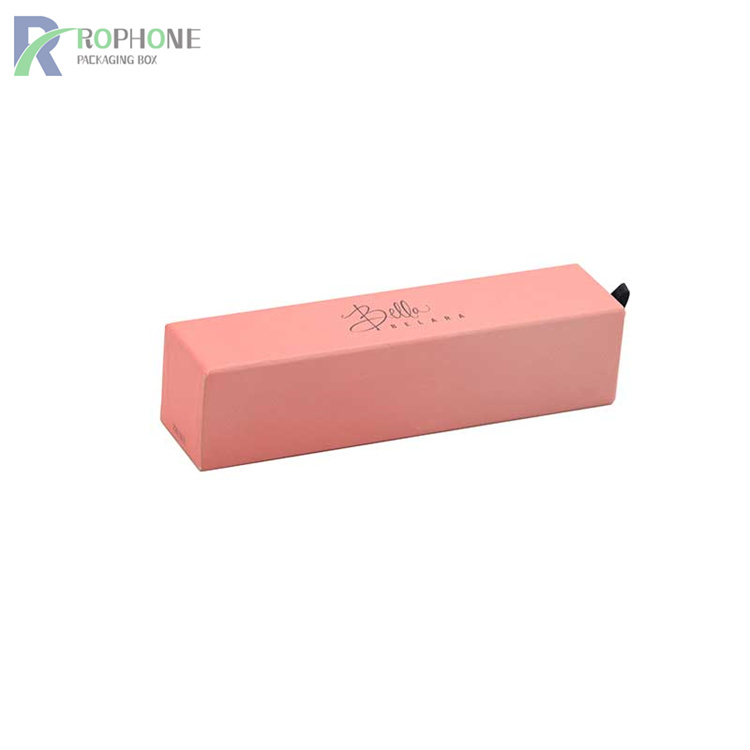
2. The performance and operation method of printing equipment are the second important factors that affect the adhesion of ink. From the perspective of operation, it is mainly to control the drying speed of ink, which is the key to control the adhesion of ink.

The drying speed of printing ink has the following characteristics: the thicker the ink layer, the slower the drying, and vice versa; the solid content of the ink also has constraints on the drying; the fineness of the ink particles has a great influence on the drying; water-based ink and The drying properties of solvent inks are also different. The former is slower and the latter is faster. At the same time, the drying condition has a great influence on the adhesion. The general rule is that the drying is thorough (drying) and the adhesion is good, but the drying is not good. The adhesion is low; Therefore, the best printing ink adhesion can only be obtained by finding a good balance between drying speed and adhesion through the printing operation technology.

In addition, the drying status of the ink and the operation of the equipment will cause some quality defects in addition to affecting the adhesion. When the ink dries too slowly, it is easy to "anti-stick" the printing layout, making the ink color lack gloss; when the ink dries too fast, The ink layer loses its fluidity, and the surface is prone to conjunctiva, which will result in bad ink transfer. In severe cases, it may also lead to crystallization and powdering of ink particles, making the ink layer too dry, too brittle, and lacking in folding endurance, resulting in bronzing and pressing in the post-process. Quality problems such as bumps, die-cutting explosions, etc.
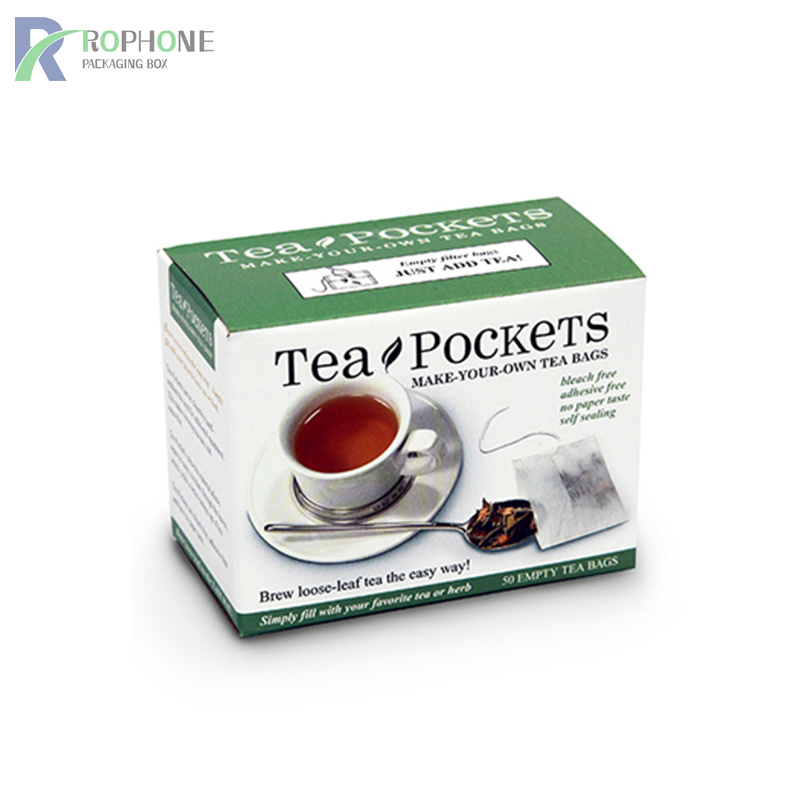
3. The surface characteristics of the substrate are the third important factor that affects the adhesion of the ink. Anyone who is engaged in packaging and printing knows that the surface of the commonly used printing paper has undergone various post-treatments to obtain good process results. The surface of the paper substrate is covered with paint, some covered and transferred with aluminized metal foil, and some are coated with varnish or varnish, and even surface film. Ordinary white cardboard ink is easy to adhere, and generally does not require special treatment; when the surface of the substrate is transferred metal aluminum foil (transfer laser), the adhesion is low due to the poor ability of the metal surface to absorb ink. Therefore, when the above situation occurs, it is necessary to first consider whether the dyne value of the paper surface meets the printing requirements; generally, the film factory or paper factory will detect and process the dyne value of the paper surface during production to make it meet the printing requirements. The paper surface dyne value test is technically judged by a dyne pen. In general, the larger the surface dyne value, the larger the surface tension, and the stronger the printing ink adhesion; if the surface tension is too low, the ordinary ink or varnish cannot adhere firmly. .
